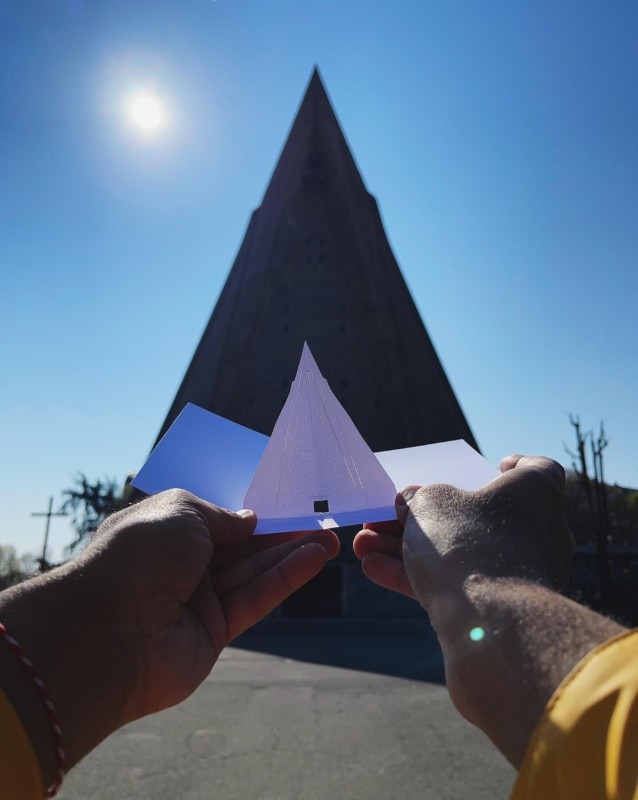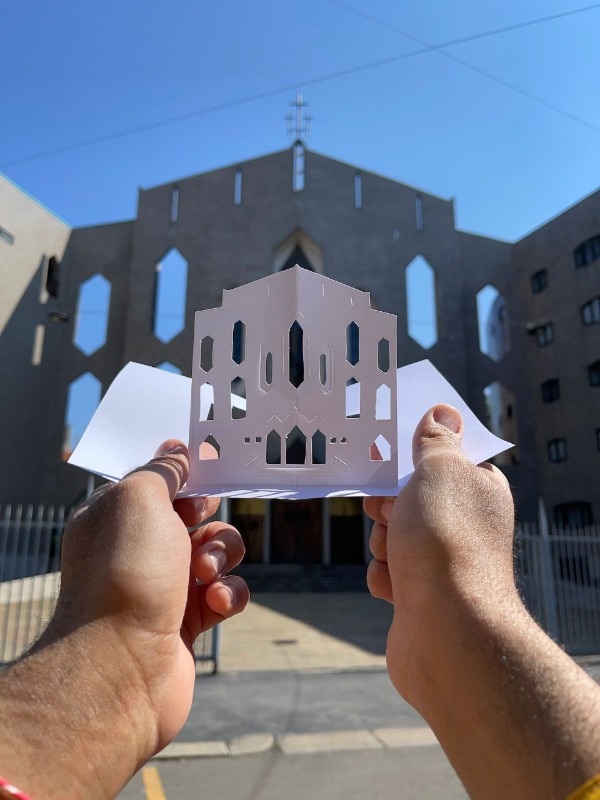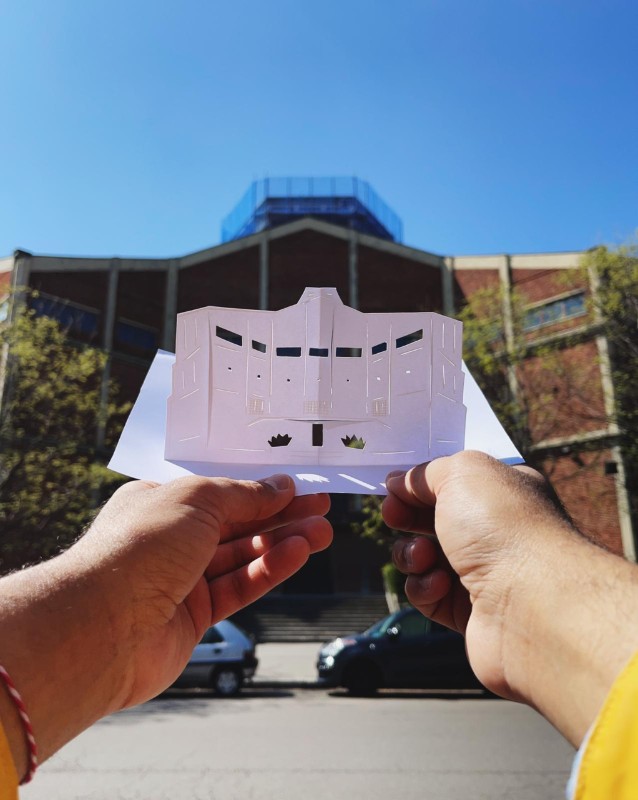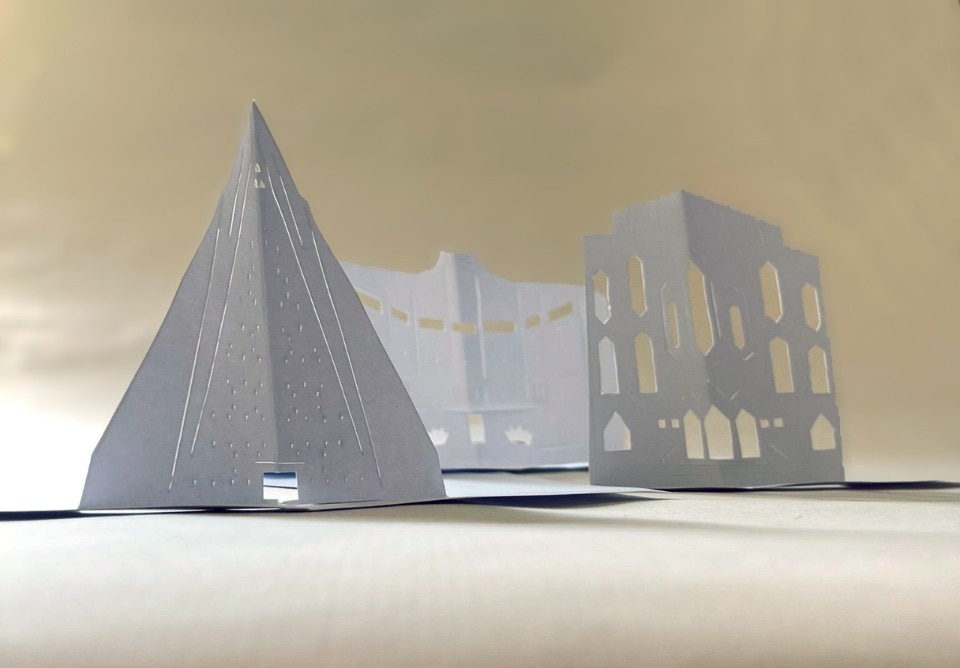Between the post-war years and the 1970s, Milan experienced one of the most brilliant periods in its history. Economic development made the Lombard capital the driving force behind post-war reconstruction without ceasing to be a cultural reference point on a national and international level. In the 1950s, a group of young architects – Gio Ponti, Luigi Caccia Dominioni, and Ignazio Gardella, among many others – transcended Rationalism to take a more open stance toward popular culture and history.
The result can still be seen today, even in different contexts. One of these contexts that are usually overlooked, partly because it does not involve the most central and touristy areas, is liturgical architecture.
For the occasion, we have made a video dedicated to three churches that are masterpieces. Starting from the southern outskirts of Milan, with Arrigo Arrighetti’s Brutalist church of San Giovanni Bono, moving closer to the centre with Gio Ponti’s eclectic Church of San Francesco D’Assisi al Fopponino, and ending with Carlo de Carli’s Church of Sant’Ildefonso, built close to the old fairgrounds, a stone’s throw from the area where the three towers of City Life now stand.
Chiesa di San Giovanni Bono, Arrigo Arrighetti

We begin our tour in the south-west outskirts of the city, with the Church of San Giovanni Bono. Designed by Arrigo Arrighetti in 1968, the church stands out with its sculptural volumetry among the serpentine buildings of the Sant’Ambrogio district – council houses designed by Arrighetti himself in the 1960s between Famagosta and Barona. The building is characterized by its ribbed roof, which rises from the presbytery area to create a spire at the facade. The walls, both outside and inside, are made of exposed concrete, perforated by vertical and colored cuts and windows. The interior is composed of three spaces that dynamically interpenetrate: the liturgical hall, the weekday chapel, and a side aisle.
Arrighetti directed the Technical Office and then the Urban Planning Office of the City of Milan from 1956 to 1970. His works can be read as evidence of a period in history when the Municipality’s technical office was entrusted to a professional, testimony to the tenacity of the reformist administrations of the time in pursuing a high dignity in building even in the most peripheral districts.
Originally, the church was defined externally by a plastic roof, which was destroyed in a fire in the 1980s and replaced with the current porcelain aluminum sheet. The building is located in the center of the district, in the immediate vicinity of the civic center. With its sculptural silhouette, the architecture contrasts with the horizontal lines of the surrounding residential complexes, making it a unique entity whose presence is difficult to ignore. A concrete pyramid with a taste not far removed from the spomenik of former Yugoslavia, it has also become an iconography of pop culture, appearing in the Trap Phone video (2018) by the famous Milanese rapper Guè Pequeno.
Chiesa di San Francesco D’Assisi al Fopponino, Gio Ponti

We then move on to the more central Washington district, greeted by one of Gio Ponti’s most important and well-known masterpieces. The most notable feature is the facade, which stretches beyond the confines of the building and joins the neighboring parish buildings, becoming a sort of urban stage for religious rituals. This symbolically links it to the windmills of the Lombard Romanesque tradition, in which powerful diamond cuts symbolically frame the infinity of the divine.
The history of this building is closely linked to the old ‘fopponino’, whose memory is, in fact, preserved in the dedication and whose old 17th-century church was no longer sufficient to serve the numerous inhabitants of the area. In 1959, therefore, new church architecture was commissioned first to the architect Giovanni Muzio and then definitively to Ponti – who had already designed the famous Pirelli Skyscraper in 1960. The church can be a “classic” of the Milanese architect, with its asymmetrical hexagonal floor plan and grey-shaped ceramic tile cladding. It fits into a very dense urban fabric, within which the sacred building is isolated by placing a small public square in front of it for use by the city.
Chiesa di Sant’Ildefonso, Carlo de Carli

We end our Milanese excursion a stone’s throw from City Life. Here it is possible to visit the Church of Sant’Ildefonso, one of the few Milanese works of architecture by Carlo de Carli, in addition to the Sant’Erasmo Theatre (1951-53) and the Church of San Gerolamo Emiliani (1954-65). The architecture has a polygonal plan, a reworking of the more traditional model of religious buildings with a central plan: the barycentre of the figure coincides with the high altar, but in correspondence with the churchyard, the geometric scheme is deformed by the presence of two small accessory buildings, to which the church is connected through the facade. The most interesting spatial element, however, is the hexagonal ciborium, made by superimposing five rows of circular pillars joined by hexagonal ring beams: conceived as a bare framework that shows off the modernity of the church, it is also the most intense source of natural light, thanks to the glass lantern that closes the top.
The church was built with so-called poor materials. The roof is composed of a complicated interplay of pitches with varying inclination, made of channel tiles and equipped with copper downpipes and drips. A distinctive element is a hexagonal ciborium lit by natural light thanks to the roof lantern.


